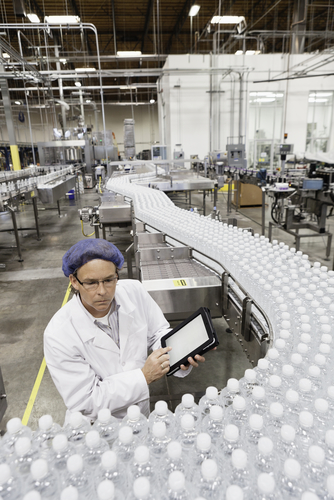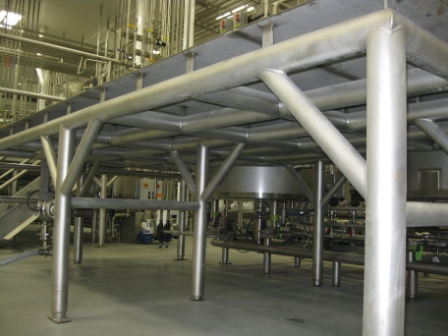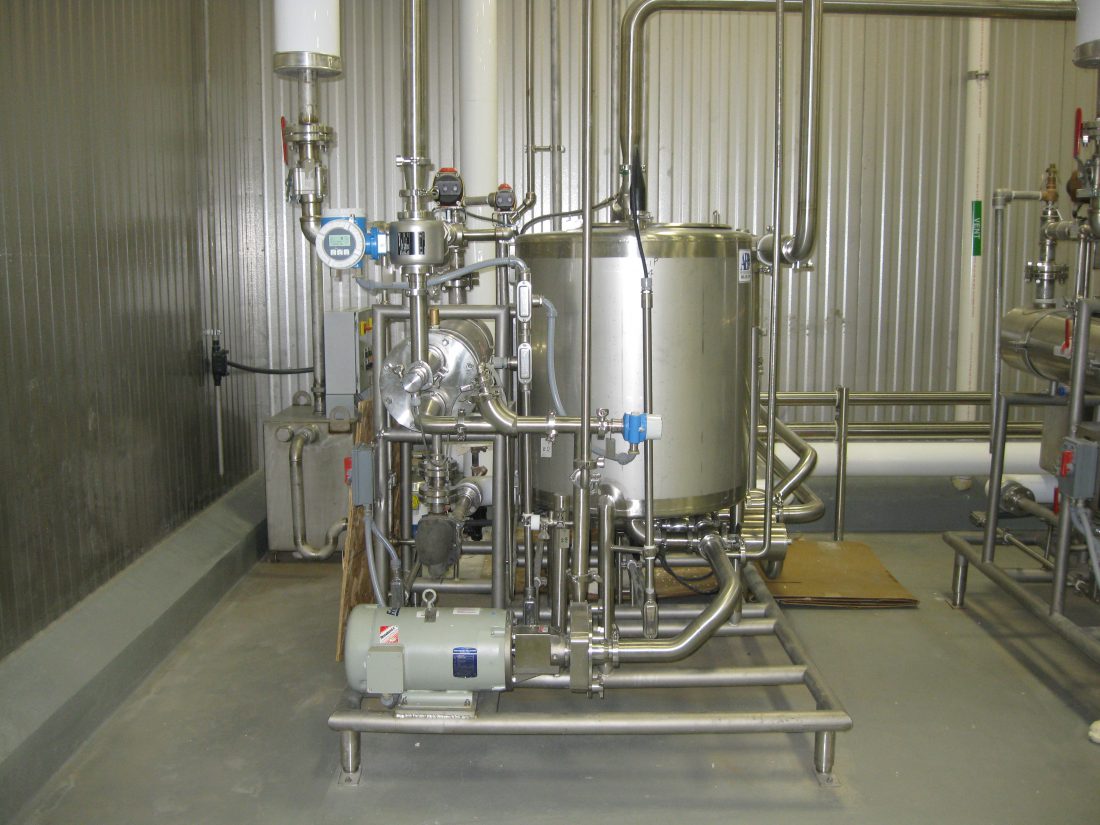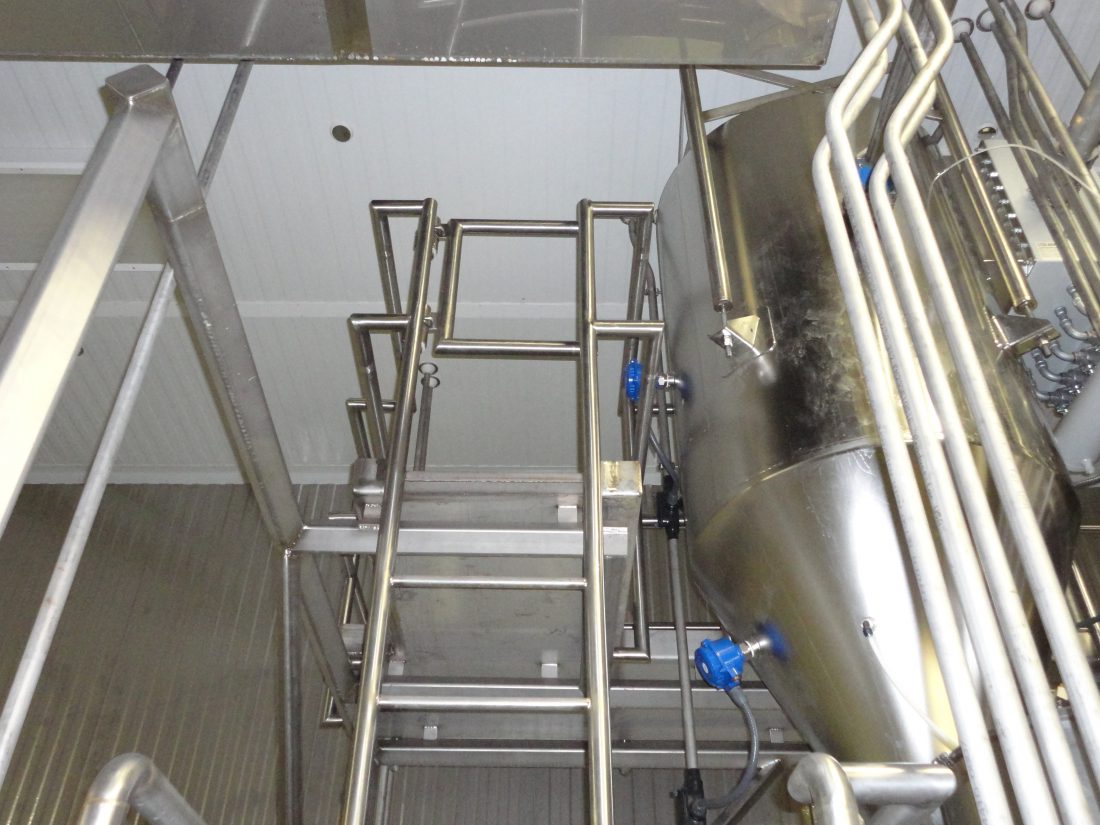Food Processing Design: Five Steps for Integrating Food Safety Into Equipment Upgrades and Plant Renovations
If you’re thinking of upgrading equipment or renovating your facility, it’s critical that food safety requirements are met in the process. Most manufacturers are taking a proactive role in ensuring equipment is engineered for optimal cleaning and sanitizing to meet all safety regulations, but it’s important that all plant stakeholders who play a role in food safety have input.






